BANGKOK, Thailand: The use of telehealth services increased rapidly during the COVID-19 pandemic, prompting wider acceptance of digital consultations and interest in using telehealth as a tool to improve healthcare access and equity. A study by researchers in Thailand has explored the efficacy of using intra-oral cameras to conduct remote screening for oral diseases in the Thai prison population, for whom access to care is constrained because of limited prison staff, among other reasons. They found that the cameras enabled an acceptable level of diagnostic accuracy that could help to prioritise treatment and facilitate greater access to care.
The researchers aimed to test the diagnostic accuracy of remote screenings compared with that of physical oral examinations. Prisoner health volunteers—prisoners given basic medical training in order to promote disease prevention and health and conduct disease surveillance in Thai prisons as part of a healthcare project started in 2019—were taught to use intra-oral cameras to capture photographs of symptomatic areas in the mouths of prisoners who had reported dental problems. Based on the captured data, treatment needs were independently determined by the volunteers and a dentist, and the results were compared with assessments by a second dentist, who performed oral examinations of the same prisoners.
A total of 152 male prisoners confined at the Sisaket provincial correctional facility in Thailand were screened by the volunteers and dentists and the data collected pertained to 215 teeth. The researchers found that the teledentistry and direct oral examinations resulted in a diagnostic accuracy of at least 80% for all patients. The volunteers were found to be less effective in determining the need for dental scaling and surgical removal of impacted teeth.
The researchers concluded that the use of teledentistry to screen for oral problems enabled the treating dentists to achieve an acceptable diagnostic accuracy, but that the technology used was not sufficient to identify all dental problems and treatment needs. Diagnosing periodontal problems was identified as an area of weakness, owing to difficulties in capturing subgingival calculus deposits with the intra-oral cameras. “Furthermore, the imaging cannot provide information that can be obtained from tactile evaluation, such as active or arrested dental caries,” the researchers wrote.
Discussing the results, the authors said that teledentistry screenings in prisons could enable prompt assessment and prioritisation of oral care needs and reduce the number of direct dental examinations required, thereby enabling the facilities to use their limited healthcare resources better. They said that, for further studies, “using the [intra-oral camera] to record a video for additional information, such as tooth mobility and gingival bleeding, may be required to increase diagnostic accuracy of dental treatment need”.
The study, titled “Facilitating dental disease screening program in prisoners using an intraoral camera in teledentistry”, was published online on 29 April 2023 in BDJ Open.
Tags:
2024 has been a busy and exciting time for the digital dentistry industry, so many new products having been released every three to four weeks this year. ...
HONK KONG: The applications of artificial intelligence (AI) in dentistry have been widely explored in recent years. However, a recent study is one of the ...
JAKARTA, Indonesia: A large-scale teledentistry initiative in Indonesia has helped people brush more frequently and improved oral health awareness, ...
BANGKOK, Thailand: The Thai government has committed to the ambitious target of opening one new dental hospital in each of the kingdom’s 77 provinces by ...
BANGKOK, Thailand: Given the growing demand for non-surgical facial contouring and ongoing debate about the functional effects of muscle-relaxing procedures...
GUANGZHOU, China: While live surgery demonstrations have been a popular and effective educational tool across all facets of the medical field for decades, ...
Dental health is one aspect of life that significantly influences the quality of life. Children with cancer who have undergone hematopoietic stem cell ...
The Asian Academy of Aesthetic Dentistry (AAAD) stands as a testament to the collaborative spirit and dedication of dental professionals across Asia, aiming...
SEOUL, South Korea: This year’s International Symposium on Dental Hygiene (ISDH) highlights the central role of dental hygienists in optimising oral ...
Last month, Dental Tribune International (DTI) covered a new study on how lipid metabolism and maternal weight influence orofacial cleft (OFC) risk in ...
NEW YORK, US/SHANGHAI, China: Ample evidence shows that social isolation and loneliness can affect overall health and well-being. In a new study, ...
Live webinar
Mon. 22 December 2025
1:00 pm EST (New York)
Live webinar
Mon. 12 January 2026
9:00 am EST (New York)
Prof. Judith Jones D.D.S; M.P.H., Prof. Kakuhiro Fukai D.D.S., Ph.D, Dr. Bathsheba (Bethy) Turton
Live webinar
Wed. 14 January 2026
12:00 pm EST (New York)
Dr. Théo Laplane, Dr. Robert Gottlander DDS
Live webinar
Fri. 16 January 2026
12:00 pm EST (New York)
Live webinar
Mon. 19 January 2026
1:00 pm EST (New York)
Philipp Kopp, Michael Seeber
Live webinar
Thu. 22 January 2026
2:00 pm EST (New York)
Dr. Nicola M. Grande DDS, PhD
Live webinar
Wed. 28 January 2026
8:00 am EST (New York)



 Austria / Österreich
Austria / Österreich
 Bosnia and Herzegovina / Босна и Херцеговина
Bosnia and Herzegovina / Босна и Херцеговина
 Bulgaria / България
Bulgaria / България
 Croatia / Hrvatska
Croatia / Hrvatska
 Czech Republic & Slovakia / Česká republika & Slovensko
Czech Republic & Slovakia / Česká republika & Slovensko
 France / France
France / France
 Germany / Deutschland
Germany / Deutschland
 Greece / ΕΛΛΑΔΑ
Greece / ΕΛΛΑΔΑ
 Hungary / Hungary
Hungary / Hungary
 Italy / Italia
Italy / Italia
 Netherlands / Nederland
Netherlands / Nederland
 Nordic / Nordic
Nordic / Nordic
 Poland / Polska
Poland / Polska
 Portugal / Portugal
Portugal / Portugal
 Romania & Moldova / România & Moldova
Romania & Moldova / România & Moldova
 Slovenia / Slovenija
Slovenia / Slovenija
 Serbia & Montenegro / Србија и Црна Гора
Serbia & Montenegro / Србија и Црна Гора
 Spain / España
Spain / España
 Switzerland / Schweiz
Switzerland / Schweiz
 Turkey / Türkiye
Turkey / Türkiye
 UK & Ireland / UK & Ireland
UK & Ireland / UK & Ireland
 International / International
International / International
 Brazil / Brasil
Brazil / Brasil
 Canada / Canada
Canada / Canada
 Latin America / Latinoamérica
Latin America / Latinoamérica
 USA / USA
USA / USA
 China / 中国
China / 中国
 India / भारत गणराज्य
India / भारत गणराज्य
 Pakistan / Pākistān
Pakistan / Pākistān
 Vietnam / Việt Nam
Vietnam / Việt Nam
 Israel / מְדִינַת יִשְׂרָאֵל
Israel / מְדִינַת יִשְׂרָאֵל
 Algeria, Morocco & Tunisia / الجزائر والمغرب وتونس
Algeria, Morocco & Tunisia / الجزائر والمغرب وتونس
 Middle East / Middle East
Middle East / Middle East



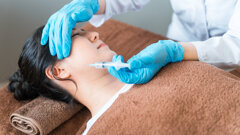
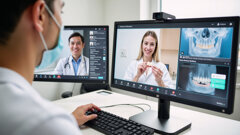
























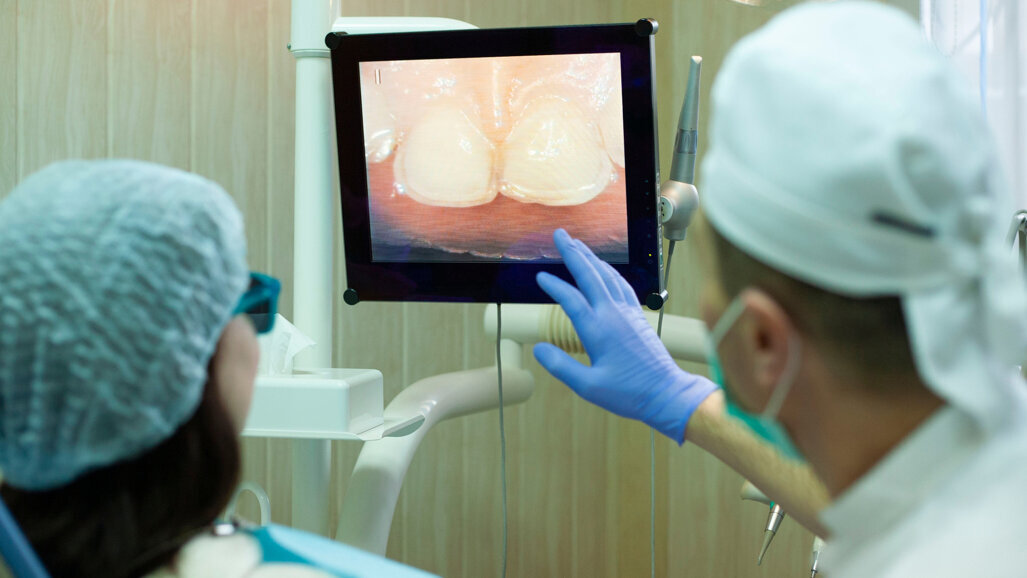



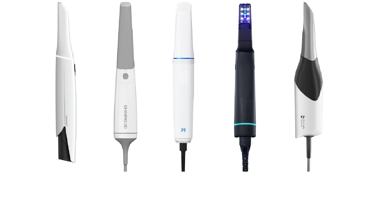
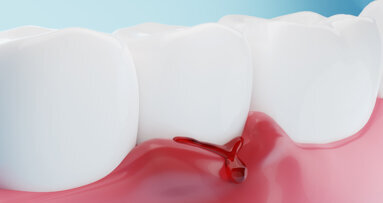



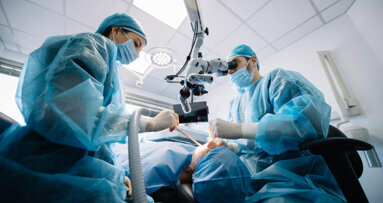




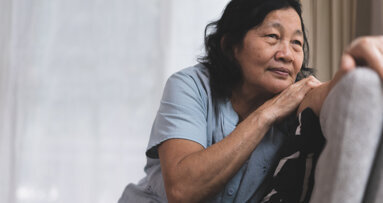

















To post a reply please login or register